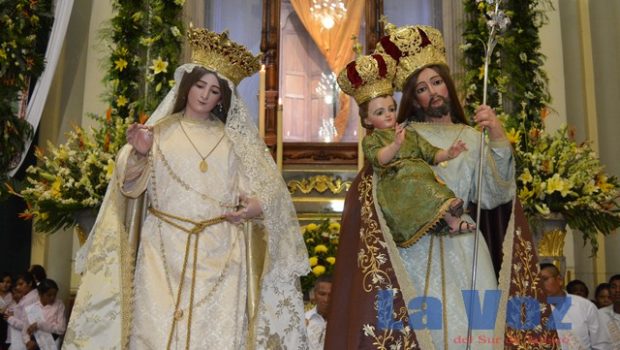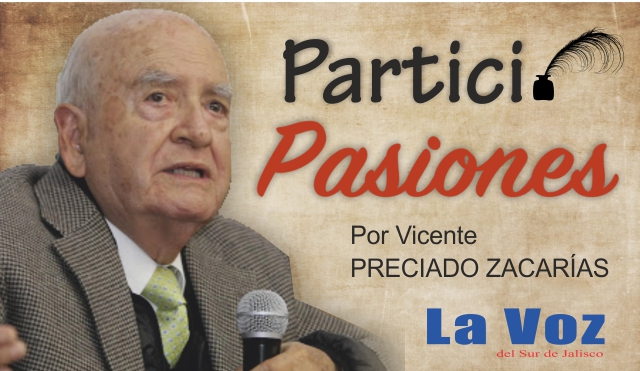Opinion
Published on October 7th, 2021 |
by lavozsur
–
–
Fifty years have passed since that disaster. I think that is enough time to relate what happened without altering the professional ethics of the people who participated to the extent that all of them died.
I cannot pinpoint the exact date because I was a child and it has been a long time since then. It must have been during some minor Josephine festival, apart from the great October festival that the sacred image of Señor San José in Zapotlán used to bring down from its cedar niche. They placed it in the transept in front of the main altar. There congregations and brotherhoods worshiped him. This time they had placed the image on a wooden platform covered with fine cloth. Behind the image they raised a heavy green corduroy curtain folded in vertical waves … Some said it had been a gust of wind that moved the curtain. Others argued that the curtain, badly placed, had detached and when it fell … it had unbalanced the image which fell to the ground.
It must have been the year 1946. Mr. Dr. Higinio Gutiérrez López, who had been priest of Zapotlán since 1940, had left the parish. The priest José Loreto Gómez was appointed interim priest of the parish. Perhaps due to the confrontation of these dates, it was a night in late August when the disaster struck.
The image broke from the right arm. The rest broke their noses and their left hand, which was holding silver rods. Most of the fingers were smashed. The accident happened around 10 at night when, fortunately, the temple was closed to the public. At 11 o’clock at night, they came for my father in a car from the site. My father was an image maker, painter, altarpiece and sculpture repairman. His teacher had been Father Enrique Gómez Villalobos in the temple of San Antonio de Padua.
He found everyone upset. The priest made them all swear to secrecy. The people should not find out about the disaster to avoid panic. At twelve they arrived at my house with the sacred image. It had to be repaired that night. The priest did not leave my father’s side for a minute. I remember his ruddy face and his forehead beaded with sweat.
I also remember a pathetic thing: at that time they disconnected the electric “buzzer” from my father’s door, a device that sounded when more light was being consumed than contracted: at home you paid for a single light bulb …
100w spotlights were installed that someone brought in in a hurry. The father arranged the fractured pieces. Drilled hand drill holes. Adjusted wooden pins or ocote supports on the arms. Beat fine plaster with glue glue. He made the mixture without much water so that it would dry quickly, but not so much that it would present cracks when drying.
He polished the joints with coarse and fine sandpaper. He began to touch up and then to paint with fine sable brushes. I remember the colors for the face tones: zinc white, carmine red and a very scarce color at that time due to the war and the lack of imports: toasted sienna color – a kind of golden sepia – from the English brand Windsor.
Dawn was beginning to break when the image was returned to its niche. My father came back several times at night to “cover” the pores of the plaster ”and to repaint. Another thing that I will never forget is that the neighborhood, despite everything, had found out. They began to leave flowers at the door of the house. There were people kneeling in the middle of the street …



